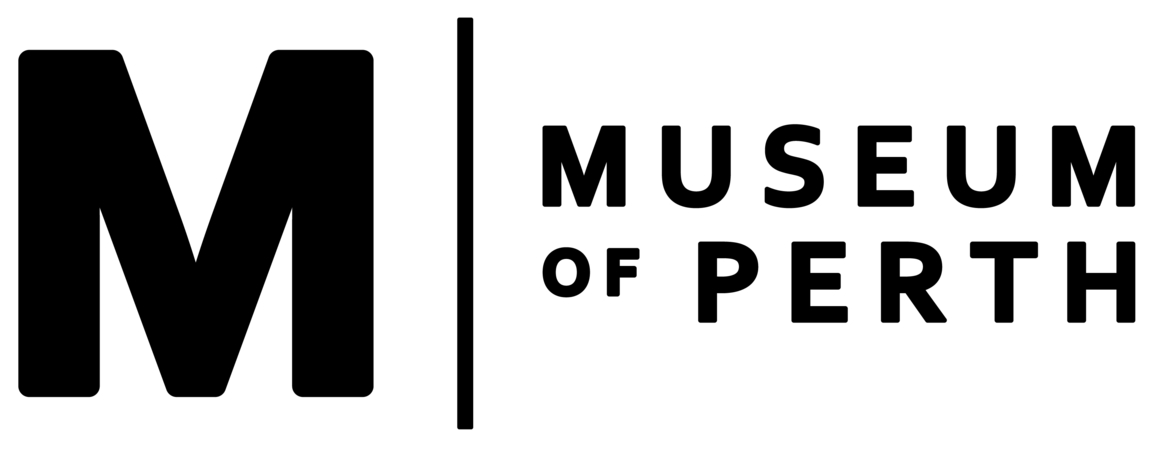Gabbee Kalga
Gabbi Kalga / Gabee Kalga/ Gabbi Balga
Description & Location
The name of a large hollow jarrah tree which held drinkable rain water, and its surrounds where grass trees grew in abundance. The tree is said to have been located about 200 metres north-west of the present-day Queen Victoria Statue in Kings Park.
In the Noongar language Gabbee means water, and Kalga (commonly spelt Balga) means grass tree. The gum of the jarrah tree was used by Noongar people as a mild anesthetic or was mixed with water to settle an upset stomach. The bark of the jarrah tree was also used for creating shelters.
The balga was an extremely important plant for Noongar people owing to the dietary, medicinal and tool-making properties that it held. The resin of the balga could also be used for a wide range of purposes including as a glue, for tanning kangaroo (yongka) hides to make bookas and to start fires.
Gabbee Kalga is known for its closeness to the burial site of one of the grandmothers of Fanny Balbuk, a well-known Noongar historical figure who passed away in 1907 at the age of 64.
References
Daisy Bates Manuscript 365/4/174, Notebook 20, page 57.
Daisy Bates Manuscript 365/4/179, Notebook 20, page 63.
Daisy Bates Manuscript 365/4/181, Notebook 20, page 68.
Daisy Bates Manuscript 365/97/582.
Kawalilak, R (ed), ‘Hunters and Gatherers‘, Conservation and Land Management Booklet, 1998 (Reprint from Landscope Magazine, Spring 1992).
South West Aboriginal Land and Sea Council, https://www.noongarculture.org.au/food/
Vivienne Hansen and John Horsfall. Noongar Bush Medicine; Medicinal plants of the South-West of Western Australia, 2018. Page 85, 94, 95
Western Mail, 25 December 1909, Page 16-17.
NLA 365/97/582 letter.
Maps
Herdsman 1:20 chains map.
View from the Observatory showing Kings Park gates and main drive, Gabee Kalga is located in the top right hand corner of the image along the tree line, State Library of Western Australia, 12001D

